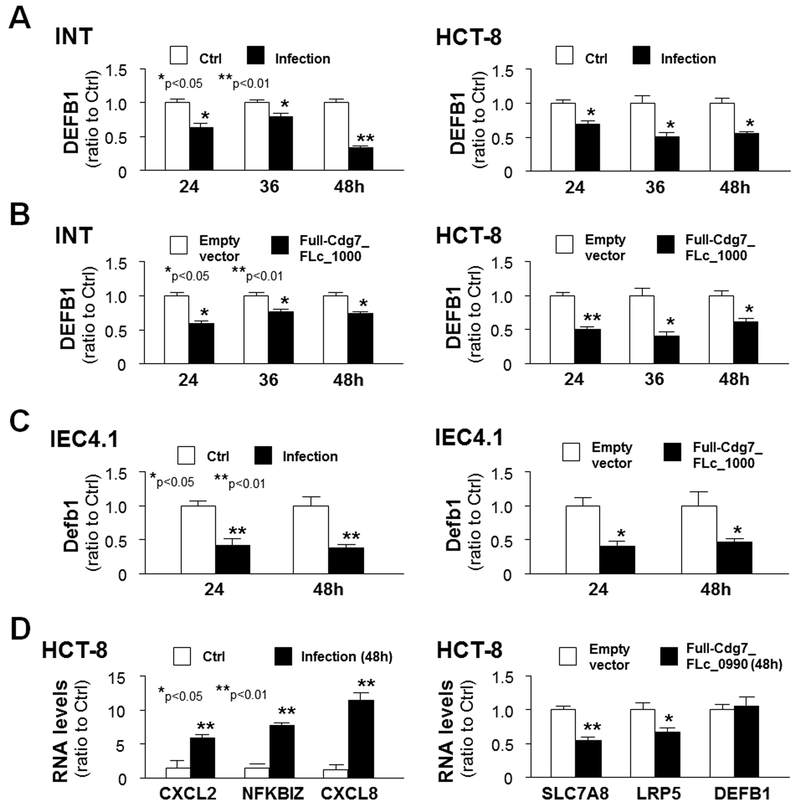Fig. 3. Trans-suppression of DEFB1 gene in cultured human and murine intestinal epithelial cells following C. parvum infection measured with real-time PCR.
(A) Downregulation of the DEFB1 gene in INT and HCT-8 cells following C. parvum infection. INT and HCT-8 cells were exposed to C. parvum infection for 24, 36, and 48 h, followed by real-time PCR analysis of DEFB1 RNA levels. (B) Downregulation of the DEFB1 gene in INT and HCT-8 cells following C. parvum infection or transfection with the Full-Cdg7_FLc_1000. INT and HCT-8 cells were exposed to C. parvum infection or transfection with the Full-Cdg7_FLc_1000 for 24, 36, and 48 h, followed by real-time PCR analysis of DEFB1 RNA levels. (C) Murine intestinal epithelial (IEC4.1) cells were exposed to C. parvum infection or transfection with the Full-Cdg7_FLc_1000, followed by real-time PCR analysis of Defb1 RNA levels. (D) Expression levels of selected genes induced by C. parvum infection or suppressed by Cdg7_FLc_0990 transfection in HCT-8 cells. HCT-8 cells were exposed to C. parvum infection for 48 h or transfection with the Full-Cdg7_FLc_0990 for 48 h, followed by real-time PCR analysis of selected genes. **P<0.05 and **P<0.01 t test versus non-infected cells or cells transfected with the empty vector.

